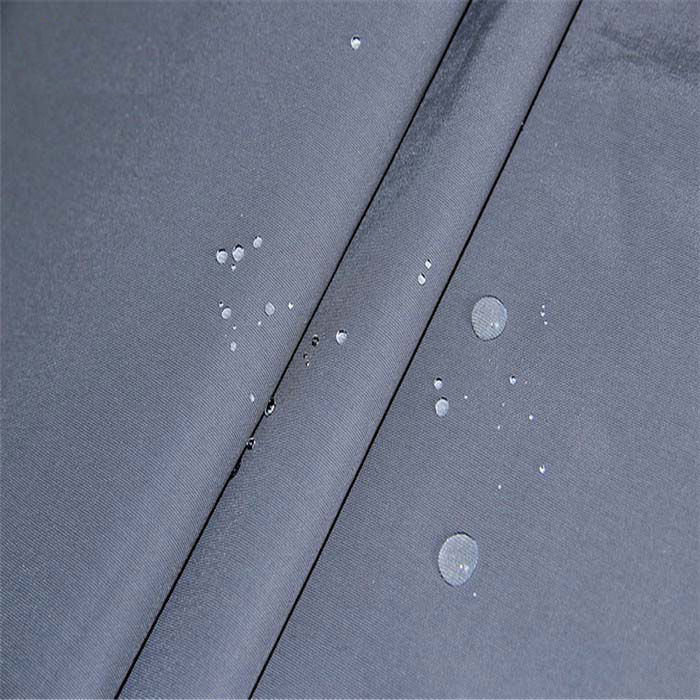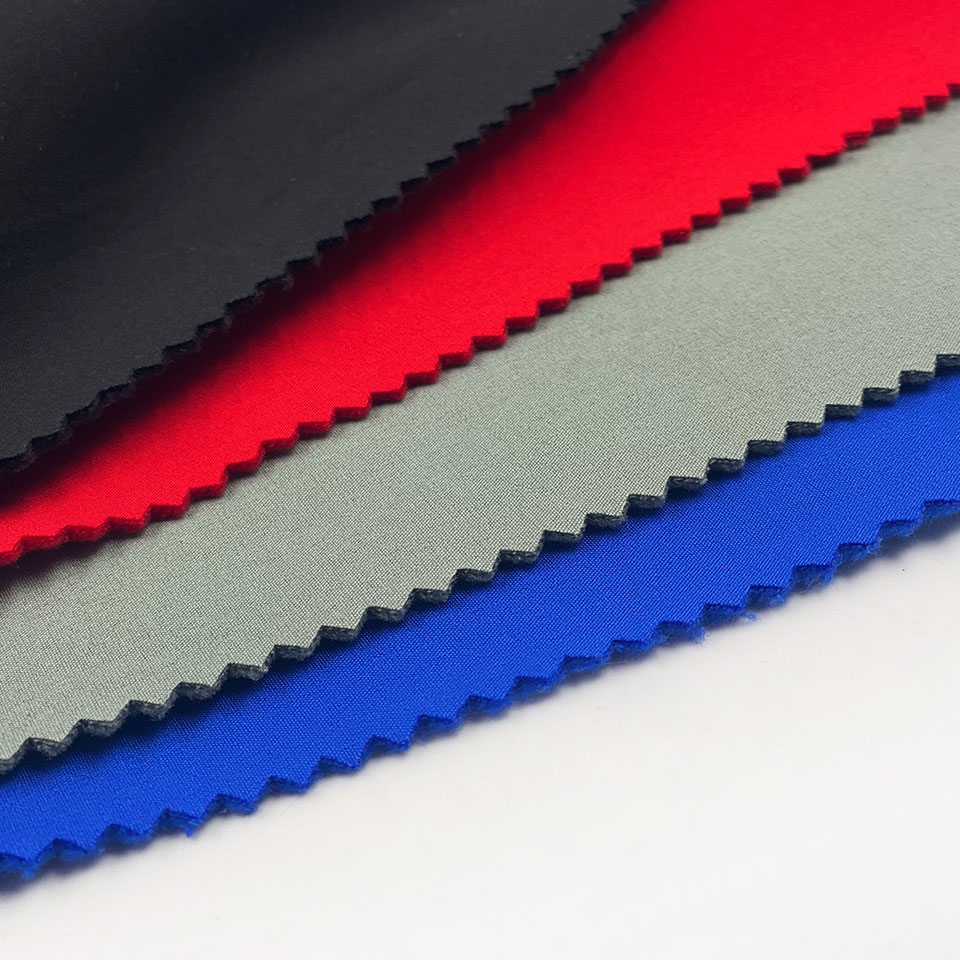Various performance testing methods exist for antimicrobial finishes as protective functional textiles. Various qualitative and quantitative testing methods for antimicrobial performance of textiles are described in detail; the key factors affecting the effectiveness of antimicrobial performance testing of textiles are also discussed.
01
Selection of test strains
The tested strains include bacteria and fungi. Among bacteria, Gram-positive and Gram-negative bacteria are mainly used, and among fungi, molds and fungi are mainly used.
In the evaluation of antibacterial performance of textile antibacterial fabrics, the selection of strains must be scientific and representative.
Staphylococcus aureus is the most resistant pathogenic bacteria among non-budding bacteria, and can be used as the representative of Gram-positive bacteria. Bacillus megaterium is a common pathogenic bacterium in the bacillus category; Bacillus subtilis is easy to form bacilli, strong resistance, and can be used as a representative of bacillus. E. coli is quite widely distributed, has been used as a representative of the usual Gram-negative bacteria for various tests. Aspergillus flavus, the ball of Trichoderma spp. as the specified mold test with strains, has been included in our national standards (GB2423.16-81), some other selected mold, is the erosion of textiles or polymer materials common mold. Candida albicans is a common condition pathogenic fungus of human skin mucous membrane, sensitive to drugs, with the characteristics of fungi, colonies similar to bacteria and not bacteria and different from mold, because of the cool bacteria colonies, easy to count and observe, often as a representative of the fungus.

Therefore, in order to assess whether the textile antibacterial fabric has a broad-spectrum antibacterial effect, a more reasonable choice is to a certain proportion of representative strains of bacteria into a mixture of strains for testing. At present, most of the antibacterial performance of antibacterial products, often only choose Staphylococcus aureus, Escherichia coli and Candida albicans as Gram-positive bacteria, Gram-negative bacteria and fungi, respectively. But in fact, only these three bacteria to represent the antibacterial performance of the fabric is far from enough.
In addition, because most of the fungi can not count the number of colonies, therefore, the evaluation of textile antifungal performance is mainly through the observation of the specimen after contact with fungi, in a certain temperature and humidity conditions, after a certain period of time, the growth of fungi on the specimen to assess, and the assessment of the degree of growth of fungi, the British standard BS6085-81 to grade.
02
Textile antibacterial performance test method
Textile antibacterial fabric performance test methods mainly include qualitative test methods, semi-quantitative test methods and quantitative test methods.
1 Qualitative test method
Qualitative test methods are mainly the United States AATCC Test Method90 (Halo Test, halo method, also called agar dish method), JISZ2911-1981 (anti-microbial test method), AATCC-30 (textile materials anti-mildew and anti-decay performance assessment) and GB/T 20944.1-2007 (textile antibacterial performance evaluation part 1: agar dish diffusion method) and so on. The qualitative test method consists of inoculating test bacteria on the fabric and observing microbial growth on the fabric with the naked eye. It is based on the activity of antimicrobial agent leaving the fiber into the petri dish, and is generally suitable for lysing antimicrobial finishing, but not for washing-resistant antimicrobial finishing. The advantage is low cost, fast, the disadvantage is not quantitative determination of antibacterial activity, the results are not accurate.

(1) AATCC-90 test method
Is used for antimicrobial screening of antimicrobial effectiveness of the rapid qualitative method. The principle is: inoculate the test bacteria on the agar medium, and then stick to the sample. After 24 hours of incubation at 37℃, the bacteria multiplication and the size of the halo around the sterile area of the sample are observed with a magnifying glass and compared with the test condition of the control sample. This method can handle a large number of samples at one time, the operation is simpler, and the time is short. However, there are some problems, such as although the provisions of a certain period of time to cultivate the test solution, but the bacterial concentration is not clearly defined. In addition, the width of the blocking band represents the diffusivity and antibacterial effectiveness, for comparison with the standard fabric is meaningful, but not as a quantitative assessment of antibacterial activity.
(2) AATCC-90 spray method
AATCC-90 spray method is one of the improvements to the AATCC-90 test method, which is to spray a certain amount of TNT reagent on the specimen after incubation, and observe the growth of bacteria on the specimen with the naked eye. The coloring principle is that the TNT reagent is reduced by the action of succinate dehydrogenase of the test bacteria to produce insoluble red pigment, so as to achieve the purpose of determining the antibacterial properties. The advantage of this method is that regardless of whether the sample has the formation of the inhibition circle, as long as there is bacterial growth on the plate, it will show the red color.
(3) AATCC-90 colorimetric method
AATCC-90 colorimetric method is also an improvement of the AATCC-90 test method, is to add a certain amount of TNT reagent in the culture of the sample on the bacterial washout to make the color, 15 min after the spectrophotometer to determine the absorbance at 525 nm, to find out the number of live bacteria. However, the above two methods are not applicable to the test bacteria without succinate dehydrogenase.
(4) J ISZ2911 anti-mycobacterial test method
The method is the first research idea in the early results of mold detection, the basic principle is: in the sample and the medium evenly sprayed with a certain amount of mixed spore suspension, culture for a certain period of time, regular observation of the sample mold growth, according to the mold growth of the grade evaluation of the sample's anti-mold performance.
(5) AATCC 30 test method
AATCC-30 is the assessment of the performance of textile materials against mold and decay. Determine the performance of the textile material resistance to mold and rot resistance to assess the effectiveness of fungicides on the antibacterial properties of textile materials. Divided into several methods such as soil burial method, agar plate method and humidity bottle method. Soil burial method refers to the sample (with a certain size) buried in the mud for a certain period of time, to determine the fracture strength of the sample. This method is used to characterize the fracture strength of the sample by the loss of soil buried after treatment of mold resistance. Agar plate method is used to assess the ability of fabrics to resist this type of bacteria. The method is a certain amount of agar plate containing medium evenly dripped with dispersed Aspergillus spores of aqueous solution, and then the non-ionic wetting agent treatment of the sample disc placed on it, and a certain amount of the above aqueous solution evenly dripped on the sample disc, placed at a certain temperature for a period of time, and finally observe the growth of mold on the sample. It is used to characterize the area of the mold on the sample disc. Humidity bottle method is pretreated sample strips suspended in a certain ventilation, holding a certain amount, dispersed with a certain number of bacterial spores in an aqueous solution of wide-mouth bottle, placed at a certain temperature for a period of time. This method is also used to characterize the area of mold on the sample strip.
(6) GB/T 20944.1-2007 evaluation of textile antibacterial properties Part 1: agar flat dish diffusion method
This standard is the latest domestic textile antibacterial performance of the qualitative test method, the petri dish injected into two layers of agar medium, the lower layer of sterile medium, the upper layer of inoculum medium, the sample on the two layers of medium, culture for a certain period of time, according to the medium and the sample in contact with the degree of bacterial multiplication, qualitative assessment of the antibacterial performance of the sample.
Contact: Jeanne yang(MISS)
Phone: 13912652341
E-mail: [email protected]
Add: Room A2216/A2217,Double-Star Building,No 567 New South Middle Road, KunShan City JiangSu Province ,China.